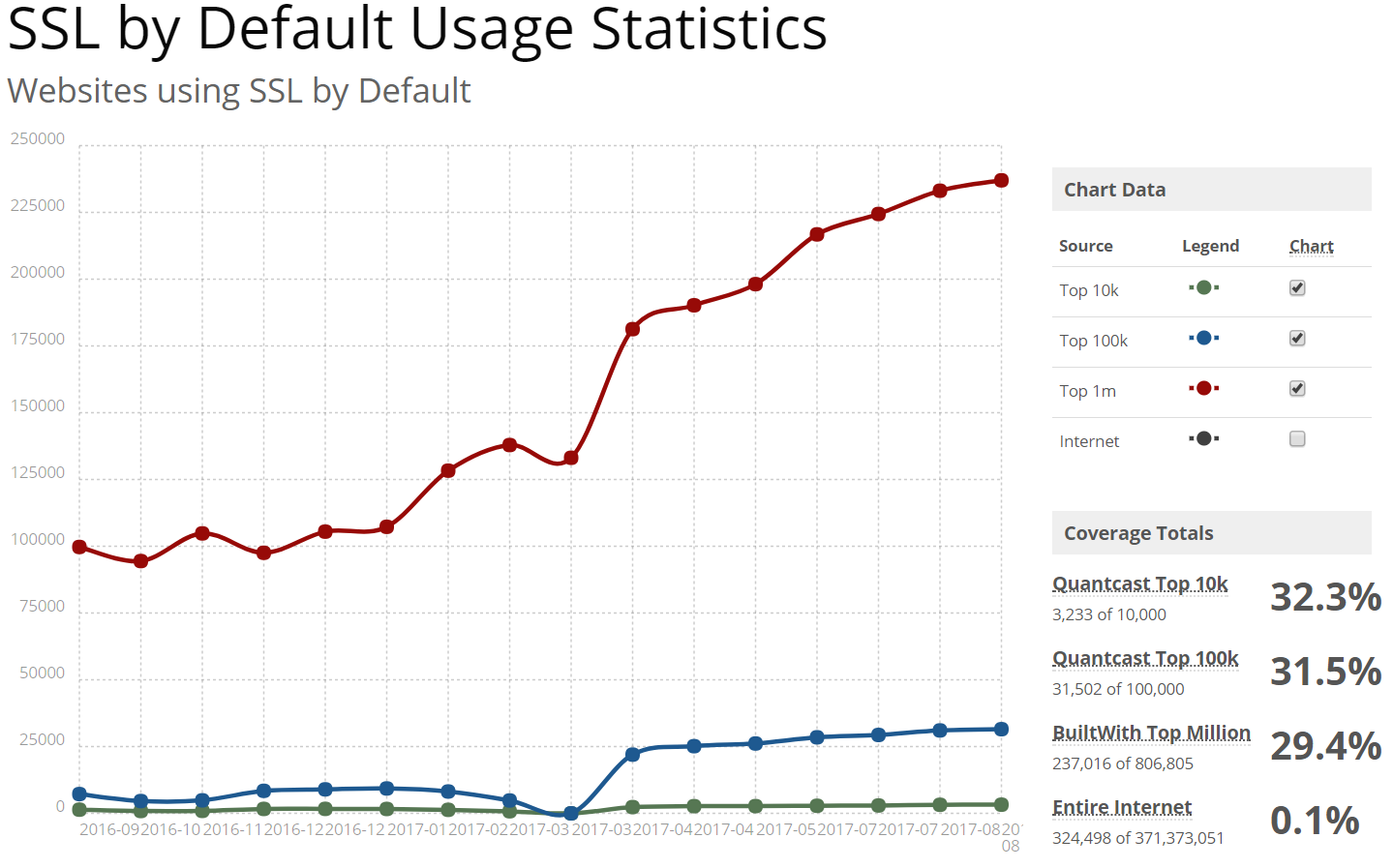 The sandy text editor is an open source project from the team over at suckless.org, which make painfully minimal1 alternatives for popular tools and applications for unix-ish platforms.
The sandy text editor is an open source project from the team over at suckless.org, which make painfully minimal1 alternatives for popular tools and applications for unix-ish platforms.
But perhaps the tense being used here is wrong. For quite some time, sandy, suckless’ minimal vi(m) replacement, has been unavailable. The git repository is offline; the root cgit instance returning the following “No repositories found” message:
Perhaps best described as borderline masochist in their austerity and spartanism ↩


 We may not know for sure what it’s going to look like or what it will cost, but we do know that the new iPhone 8 – Apple’s 10 year iPhone anniversary edition – is on its way and it’ll be running iOS 11. And unlike the iPhone 8, iOS 11 has been available now for some time for beta testing and software development. There are a lot of changes – some good, some bad
We may not know for sure what it’s going to look like or what it will cost, but we do know that the new iPhone 8 – Apple’s 10 year iPhone anniversary edition – is on its way and it’ll be running iOS 11. And unlike the iPhone 8, iOS 11 has been available now for some time for beta testing and software development. There are a lot of changes – some good, some bad HTTPS is the future and the future is (finally) here. Secure HTTP requests that provide end-to-end encryption between the client making the request and the server providing it with the requested content is finally making some headway, with almost a third of the top one million sites on the internet serving content over SSL, as of August 2017:
HTTPS is the future and the future is (finally) here. Secure HTTP requests that provide end-to-end encryption between the client making the request and the server providing it with the requested content is finally making some headway, with almost a third of the top one million sites on the internet serving content over SSL, as of August 2017:
 If you haven’t heard of
If you haven’t heard of 
 If you’re still stuck on .NET 2.0, 3.0, or 3.5 for any reason and don’t have access to the
If you’re still stuck on .NET 2.0, 3.0, or 3.5 for any reason and don’t have access to the 

 If you have any skin invested in the high-performance computing game, you’ve almost certainly heard of the likes of MMX and SSE, the original “extensions” to the x86 assembly instruction set that provided task-specific performance-optimized instructions that let developers take advantage of specific hardware extensions to quickly perform tasks that previously required extra steps in software to compute. If you haven’t, here’s a quick briefer.
If you have any skin invested in the high-performance computing game, you’ve almost certainly heard of the likes of MMX and SSE, the original “extensions” to the x86 assembly instruction set that provided task-specific performance-optimized instructions that let developers take advantage of specific hardware extensions to quickly perform tasks that previously required extra steps in software to compute. If you haven’t, here’s a quick briefer.